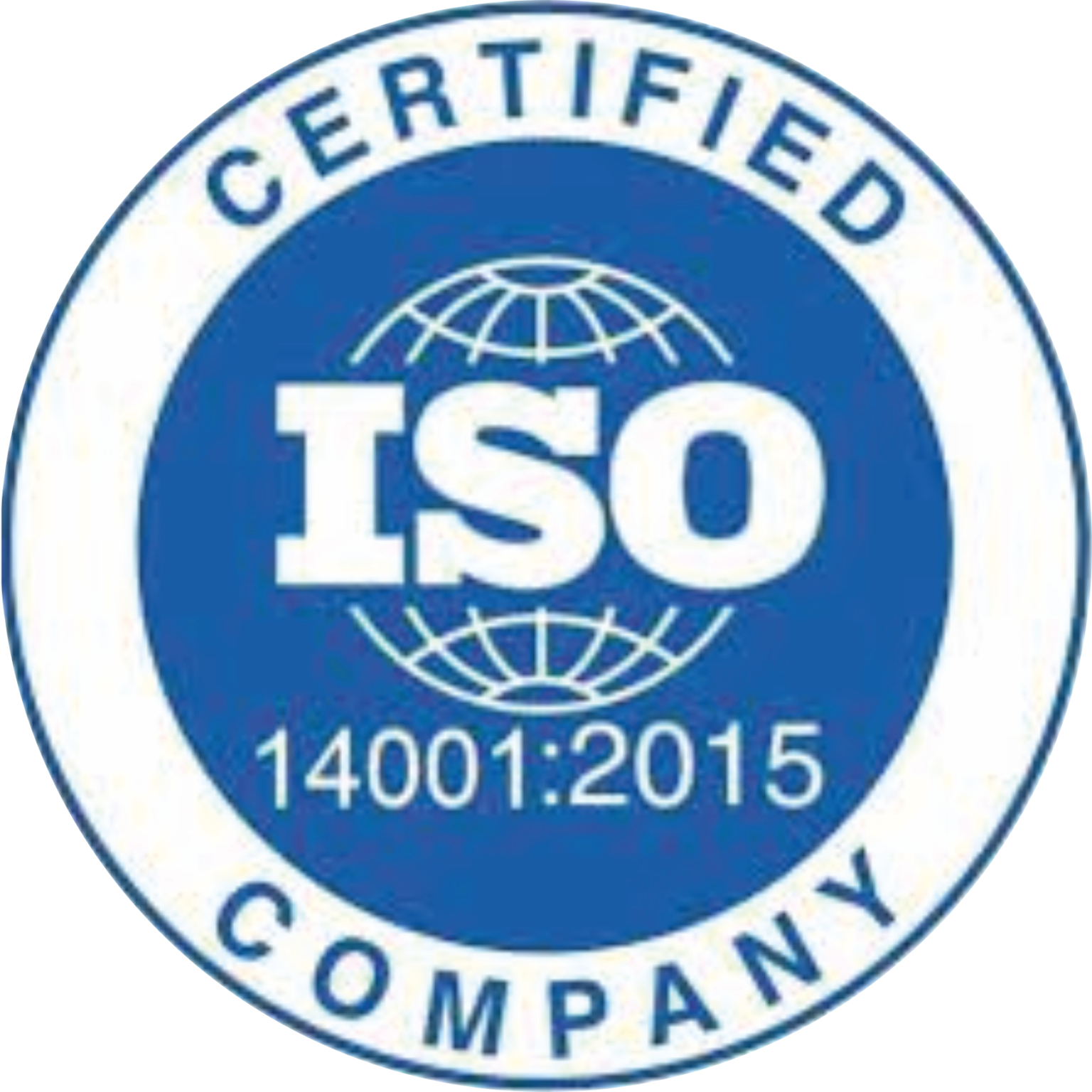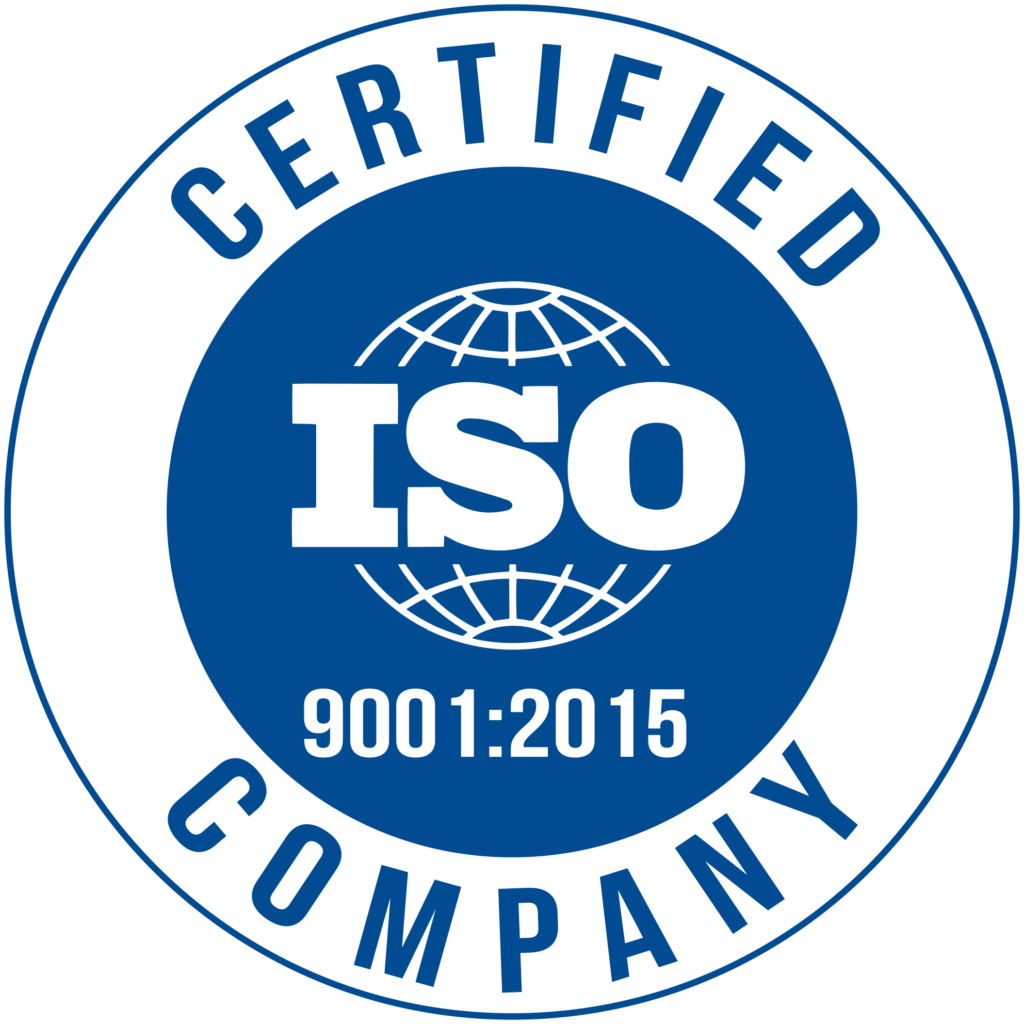Structured vs. Random Packing: Key Differences & Applications
This blog explores the key differences between structured and random packing, dives into their specific applications, and offers guidance on choosing the right type for various industrial needs.
In the field of chemical engineering, especially within distillation and absorption processes, the choice between structured and random packing plays a critical role in determining the efficiency and outcome of these processes. Both types of packing have their unique features, benefits, and ideal applications, making it vital for industry professionals to understand their differences to optimize their operations.
Understanding Structured and Random Packing
Before delving into the differences and specific applications of structured packings and random packings, let’s define what these packing types entail.
What is Structured Packing?
Structured packing consists of arranged patterns of corrugated sheets of metal or plastic that are stacked to provide a large surface area for the vapor and liquid within a column to make contact. This arrangement allows for more uniform distribution of liquid and lower pressure drops across the column.
Key Characteristics of Structured Packing:
- High surface area per unit volume
- Lower pressure drop
- Higher efficiency at lower liquid rates
- Predictable performance due to uniform geometry

What is Random Packing?
Random packing involves the use of irregularly shaped packing materials, such as rings, saddles, or balls, that are dumped into the column at random. This randomness allows for good liquid distribution and adequate wetting properties.
Key Characteristics of Random Packing:
- Lower cost
- Simplicity of installation
- Higher liquid hold-up
- Effective at high liquid rates
Comparative Analysis: Structured vs. Random Packing
To understand the fundamental differences between structured packings and random packings, let’s examine their performance, cost, and application suitability.
Performance Comparison
Parameter | Structured Packing | Random Packing |
Pressure Drop | Lower | Higher |
Efficiency | Higher at lower flow rates | Consistent across various flows |
Liquid Distribution | More uniform | Less uniform |
Scalability | Better for larger columns | Suitable for smaller columns |
Operational Flexibility | Limited to specific flow rates | Wide range of flow rates |
Cost and Installation
Structured packing tends to be more expensive due to its complexity and the precision required in manufacturing and installation. However, structured packing options, known for high mass transfer efficiency, can significantly enhance the separation process in distillation columns compared to random packing, which is cheaper and easier to install.
Application Suitability
Application | Best Fit |
High Purity Distillation | Structured Packing |
Absorption Processes | Structured Packing |
Vacuum Distillation | Structured Packing |
General Distillation | Random Packing |
Waste Treatment | Random Packing |
Bulk Chemical Production | Random Packing |
Key Applications and Selection Criteria
The particular requirements of the separation process, such as operational conditions, budgetary limits, and efficiency requirements, have a major role in the decision between organised and random packing materials.
Structured Packing Applications
For distillation columns and absorption towers, where minimal pressure drop and excellent mass transfer efficiency are essential, structured packing is perfect.
- Refining and petrochemical processes: To separate high-purity products.
- Air Separation Units: When high efficiency is needed for low-temperature distillation.
- Manufacturing of Fine Chemicals: Where product purity is crucial.
Random Packing Applications
For reliable applications in distillation columns where operating flexibility and affordability are key considerations, random packing works well.
- Applications in the environment: scrubbers and strippers, for example.
- Bulk Chemicals: Where ultra-high efficiency is less important than great throughput.
- Food and Drink Sector: Specifically in fermentation operations.
Installation and Maintenance Tips
- Installing Structured Packing Accurately: To prevent maldistribution, make sure the packing layers are positioned consistently and correctly.
- Frequent Cleaning: In order to preserve efficiency, structured packaging must be cleaned and maintained on a frequent basis because it can foul easily.
- Simple to Replace: Random packing is easier to replace and dispose of, which simplifies maintenance.
- Monitoring for Erosion: Because random packing can deteriorate with time, it is essential to do routine wear and tear inspections.
Conclusion:
Your process requirements, budget, and intended results should all be carefully examined before deciding between organised and random packing. Random packing can be more economical and adaptable for a variety of applications, even though structured packing provides greater efficiency and reduced pressure drops.
The websites of renowned manufacturers and suppliers can offer more information and options that are suited to your needs if you want to learn more about a certain packing method or need advice on buying from reliable vendors.
FAQ'S
Common reasons for issues in the distillation column process include corrosion, fouling, mechanical damage, and operational errors like excessive vapour or liquid rates leading to flooding or weeping.
Yes, trays in a distillation column can be custom-designed to meet specific operational parameters and column dimensions.
Inspection and maintenance frequency for the distillation column typically occur during planned shutdowns, depending on operational conditions and performance degradation.

Need Help?
We're Here for You!
Got a question or need assistance? Our team is ready to help you every step of the way. Reach out to us, and we’ll get back to you as soon as possible!





